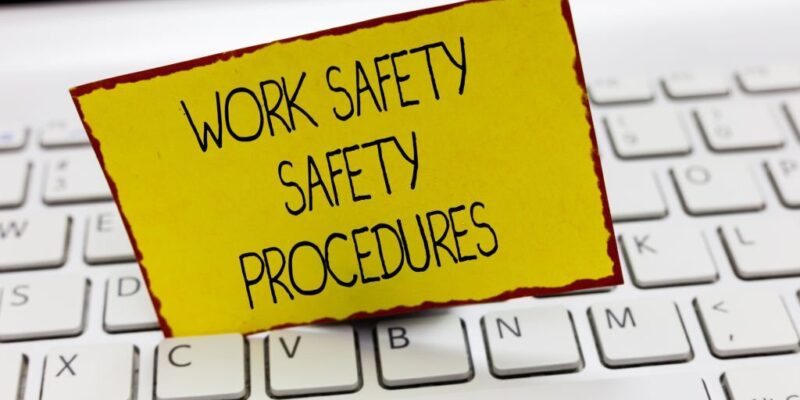Minimizing risks on construction sites is crucial for ensuring the safety of workers and the successful completion of projects. Here are some key measures to mitigate risks:
- Comprehensive Risk Assessment: Conduct a thorough assessment of potential hazards and risks specific to the construction site. Identify risks related to falls, electrical hazards, machinery, and other site-specific dangers.
- Adequate Training: Provide comprehensive safety training to all workers, ensuring they are aware of potential risks, proper use of equipment, and emergency procedures. Regularly reinforce safety protocols and conduct refresher training sessions.
- Strict Adherence to Safety Regulations: Ensure compliance with all local, national, and industry-specific safety regulations and codes. Regularly update safety policies and procedures based on changing regulations.
- Site Security and Control: Implement access control measures, such as fencing and signage, to prevent unauthorized entry to construction sites. Enforce safety protocols and maintain a clean and organized work environment to minimize potential hazards.
- Personal Protective Equipment (PPE): Mandate the use of appropriate PPE, such as hard hats, safety goggles, gloves, and high-visibility clothing, to protect workers from potential injuries.
- Regular Inspections: Conduct routine inspections to identify and rectify any safety deficiencies promptly. Ensure proper maintenance of machinery and equipment to prevent accidents.
- Emergency Response Plan: Develop a comprehensive emergency response plan that includes evacuation procedures, first aid protocols, and communication channels. Train workers on the plan and conduct regular drills to ensure readiness.
By implementing these risk mitigation strategies, construction sites can significantly reduce the likelihood of accidents, injuries, and potential legal and financial liabilities.

